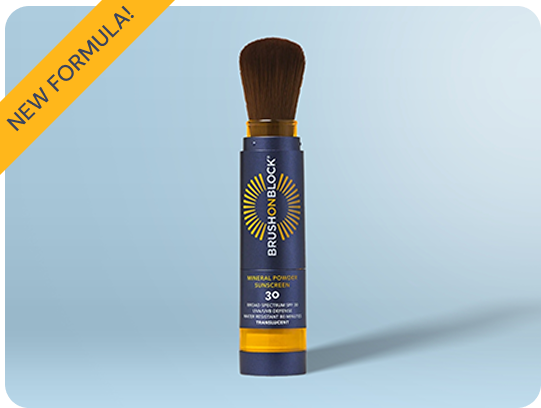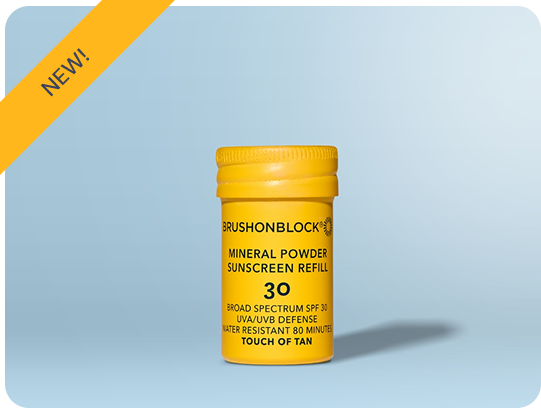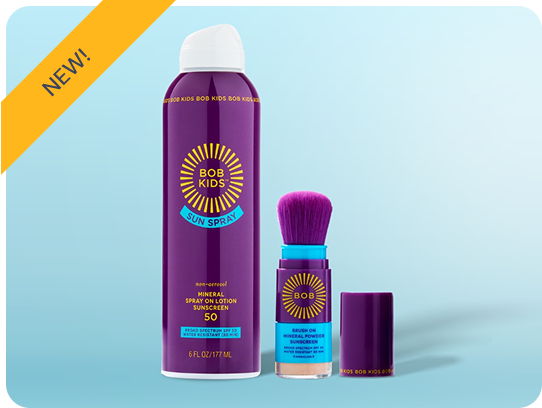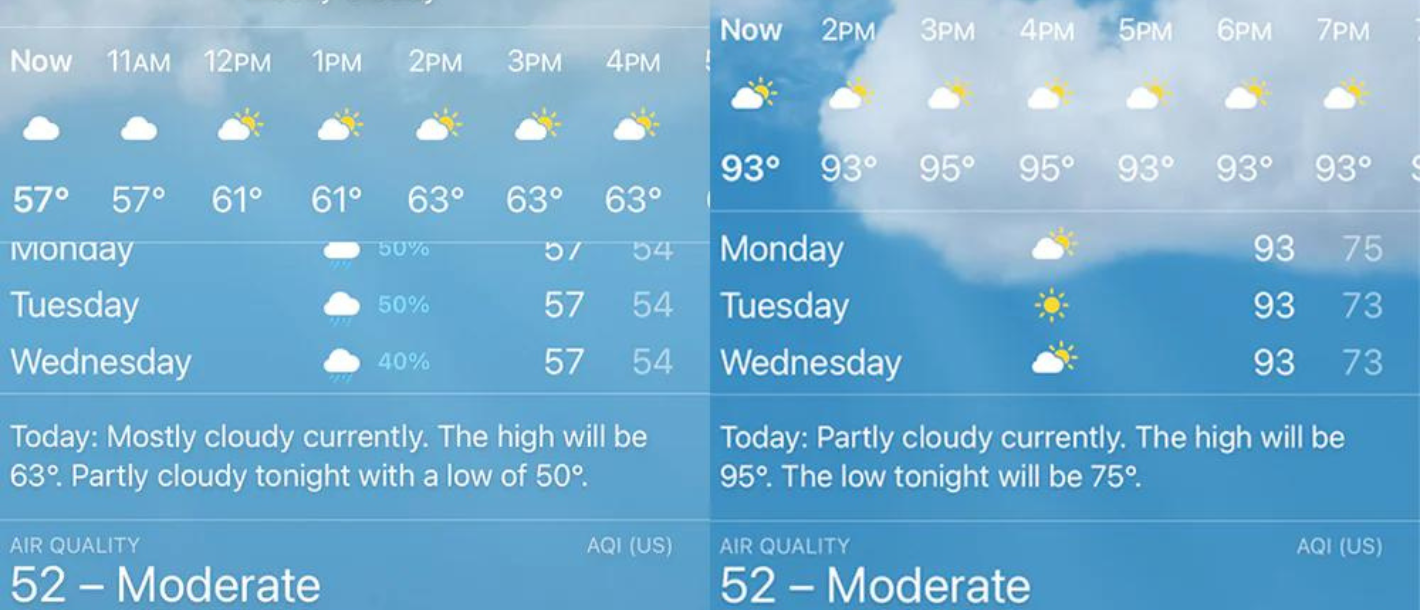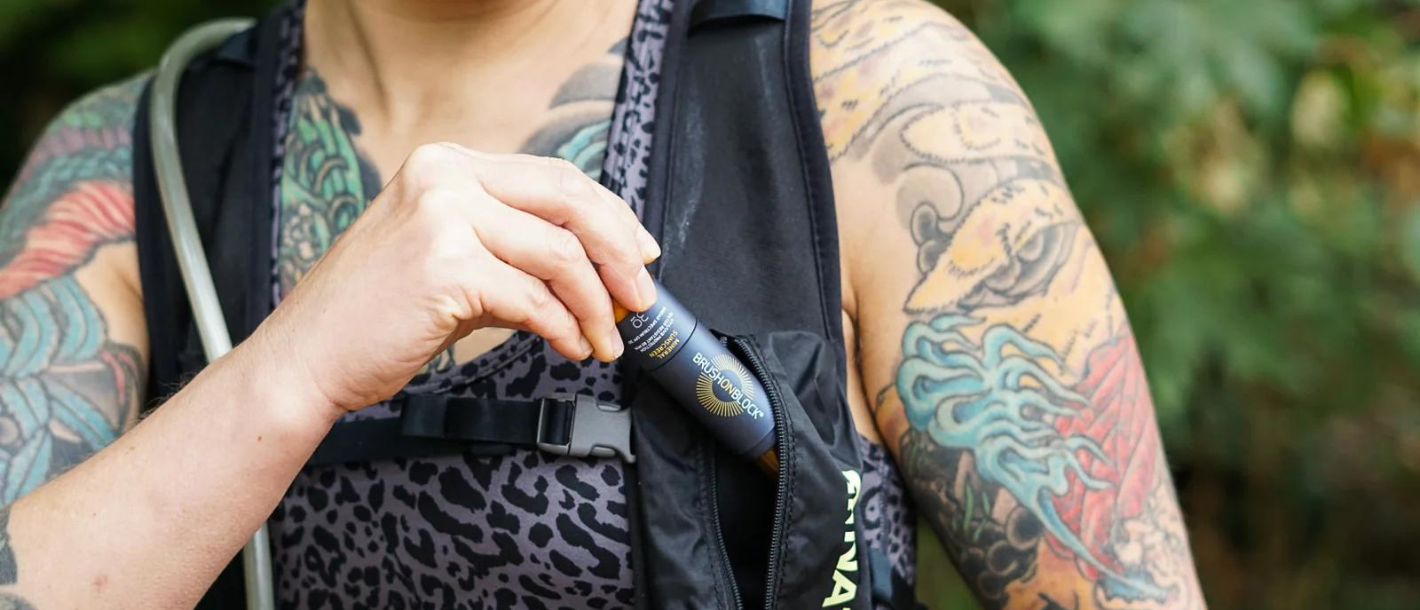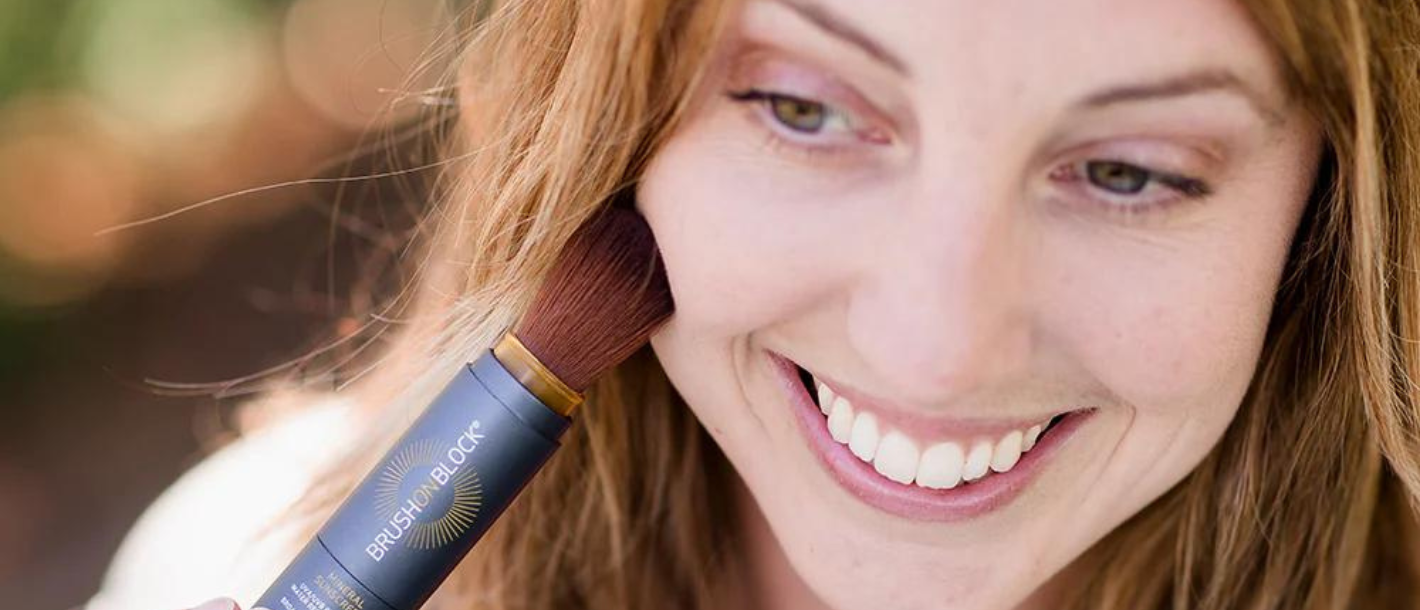We all understand that ultraviolet rays (UV light) from the sun causes skin and eye damage. UV radiation can also cause oxidative stress that can interfere with critical metabolic pathways. In the short term, UVB rays cause sunburns, while in the long term, UVA rays cause oxidative damage that can lead to skin cancers like melanoma. But does that mean you need to stay at home in a darkened room? Not by a long shot! With a few extra precautions, you can enjoy the sun without negative health effects.
One of the simplest ways of minimizing such risks is to reduce exposure to the sun. The UV index is one of the vital tools that can help you minimize harmful UV light effects while maximizing outdoor fun.
What Does the UV Index Mean?
The UV index is a tool used to predict ultraviolet radiation on a given part of the earth's surface on a specific day. UV radiation usually varies by location, weather, time of year, time of day and region. UV indexes are available and are recommended by the World Health Organization (WHO). For instance, in the U.S., it is managed by the Environmental protection Agency (EPA) and the National Weather Service (NWS).
The UV Index is a globally recognized measure and is crucial for safeguarding against dangerous overexposure to the sun's UV rays.
The UV index is reported using the Global Solar UV index, which ranges from 1 to 11+. It also predicts UV exposure at noon when UV is at its maximum within the day. You access it with your local weather information or through the EPA UV light Index phone app and EPA search widget add-on.
An index of 1 represents an expected low level of UV light radiation on the scale, while a value of 11+ implies very high expected UV light radiation. UV light index varies throughout the day, reaching its peak at noon and slowly decreases as the day winds down. The shorter your shadow, the higher the UV index and vice versa.
What Does a UV Index 0 Mean?
An index of 0 means minimal danger from UV light for an average person. However, we recommend the regular observance of protective measures including following the advice of doctors and wearing a broad spectrum SPF of at least 30 every day. For example, you should wear sunglasses and avoid bright surfaces on bright days. We classify it as a low-risk index.
What Does a UV Index 1 Mean?
A UV index of 1 means the lowest expected UV light radiation for a specific day. The risk of suffering a sunburn is low at this level, even for those with susceptible skins, like those with very fair skin. Therefore, this is the right index to enjoy being outdoors all day without protective clothing, but with SPF 30.
What Does a UV index 2 Mean?
Although UV intensity is higher than index 1, there is still a low risk of developing sunburn, skin, and eye damage. However, we recommend you take routine precautions while outdoors, including SPF 30. At this index, you can bask and do all your outdoor activities without any concerns.
What Does a UV Index 3 Mean?
A UV index of 3 is usually typical from 11 am – 4 pm during spring and fall. Therefore, you should take routine preventive measures such as wearing sunglasses, protective clothing, and sunscreen. You should also seek shade if possible. However, this is considered moderate range thus won't be associated with excessive skin damage.
What Does a UV Index 4 Mean?
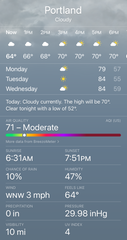
An index of 4 is associated with a moderate risk of harm while outdoors. Therefore, use common sense with outdoor activities like staying in the shade when the sun is intense, wear a wide-brimmed hat and sunglasses, and always wear sunscreen.
What Does a UV Index 5 Mean?
A UV index of 5 implies a moderate risk of suffering sunburns, eye and skin damage while staying outdoors. Therefore, you should wear protective sunglasses and clothes and take other precautionary measures while outdoors, such as frequent sunscreen application and avoiding bright surfaces.
What Does a UV Index 6 Mean?
A UV Index reading of 6 is associated with a high risk of sunburns, eye and skin damage from unprotected exposure to the sun. Protection at this is mandatory; otherwise, you will suffer both long and short-term consequences of excessive UV light exposure.
What Does a UV Index 7 Mean?
A UV index of 7 causes a high risk of damage from unprotected sun exposure. We recommend you avoid staying outdoors between 10 am to 4 pm to protect yourself from eye and skin damage. Whenever you are outdoors, ensure you apply at least an SPF 30 sunscreen every two hours. If you will be swimming or sweating, use a product that is Water Resistant for 80 minutes, like Brush On Block Mineral Sunscreen SPF 30, or Brush On Block SPF 30 Mineral Lotion. With a product that has this level of water resistance, you need to reapply every 80 minutes, or immediately after toweling off. Also, ensure you watch bright surfaces like the sand, snow, water, which can reflect dangerous UV light onto your skin and eyes, nearly doubling your exposure.
What Does a UV Index 8 Mean?

A UV index of 8 is very high and can cause burns within a few minutes if you expose yourself without protective sunglasses, sunscreen, a hat or UPF clothing. Therefore, minimize outdoor activities between 10 am to 4 pm. You should also take other preventive measures such as the use of sunscreen, a protective hat, and staying away from bright surfaces.
What Does a UV Index 9 Mean?
This is considered a very high UV index that can cause skin damage within a few minutes if you are outdoors without adequate protection.
What Does a UV Index 10 Mean?
A UV index of 10 is very high; thus, unprotected skin and eyes will be damaged and burn quickly even with limited exposure. At such an index, the risk of long and short-term damage is very high, therefore apart from the standard precautionary measures, you must consider other necessary precautions. At this index, ensure you at least do all the following;
- Reduce outdoor activities between 10 am – 4 pm
- When outdoors, stay in the shade if possible and wear protective sunglasses, clothes, and a wide-brimmed hat.
- Reapply a broad spectrum sunscreen of SPF 30 or higher every two hours.
- Avoid bright surfaces that reflect light into your body, such as water, sand, and snow.
What Does a UV Index 11 Mean?
An index of 11 or more signifies an extreme risk of harm due to unprotected sun exposure. Routine protective measures are mandatory; otherwise, skin sunburns can occur even with minutes of exposure.
What Does a High UV Index Mean?
A high UV index usually ranges from 6-7. A high UV index is associated with a high risk of harm if you lack protective clothing like long-sleeved shirts, long pants, hats and sunglasses. At this index, we recommend that you protect yourself against whenever you are outdoors.
To be safe, you must reduce your exposure to the sun, especially between 10 am and 4 pm. When outdoors, follow Sid the Seagull's advice from Australia's great SunSmart campaign. The singing seagull encourages everyone to Slip, Slop, Slap, Seek and Slide...as in Slip on a shirt (with UPF protection), Slop on sunscreen, Slap on a hat, Seek shade and Slide on sunnies. And don't forget that ALL sunscreens need to be reapplied every two yours, or sooner if swimming or sweating. What Is A Safe UV Index?
A safe UV Index is an index at which one has minimum risk or danger from the effects of UV light, such as skin cancers, eye disorders, and sunburns. For example, an index of 0-2 is considered safe, and most people can stay and enjoy the sun for more than one hour without burning.
However, we recommend that infants and people with sensitive skin must be protected from prolonged exposure. At this index, you can safely obtain vitamin D from the sun. An index of 3-5 is associated with a low risk of harm, even though light-skinned people burn in less than 20 minutes.
How Does the UV Index Work?
The UV index was created to help people determine how much time you need to stay outdoors and the kind of protection you will need. It tells you the strength of the sun's rays and how fast you could burn.
The index can predict the risk of UV exposure on a scale of 0, associated with minimal risk, to 11+, which carries an extreme risk of harm. Many factors forecast consider, these include;
- Regional ozone levels
- Regional weather conditions
- Elevation latitude of the specific region
- Time of the year
- Your skin type (according to the Fitzpatrick scale)
UV Index Scale
The UV index is used in the United States of America and conforms with the globally recognized guidelines for UVI reporting established by the World Health Organization (WHO).
What Is the UV Index Today?
A UV index of 0-2 carries minimal danger from UV rays for an average or normal individual. Most people can stay for up to one hour during the peak sun without burning, but dermatologists recommend a minimum of SPF 30 for daily use, regardless of the UV Index.
A UV index of 3-5 confers a low risk due to unprotected sun exposure. At this scale, fair-skinned people can burn in less than 20 minutes, so that SPF 30 is absolutely mandatory, and we recommend you protect your eyes with sunglasses.
An index of 6-7 is high and carries a risk of harm from unprotected sun exposure. At this index, we recommend you add protective clothing and a broad-rimmed hat to the SPF 30 and sunglasses you should already be wearing.
On the other hand, an index of 8-10 carries a very high risk, therefore avoiding outdoor activities at this time is crucial.
Finally, an ultraviolet light index of 11+ means extreme risk of harm from unprotected sun exposure. At this index, your skin can burn after even less than 5 minutes of exposure. Therefore, we recommend minimizing your outdoor activities from midday to 4 pm. In short, avoid exposing yourself to the sun as much as you can.
FAQ About the UV Index
- What is a safe UV index?
A safe UV Index is an index with minimal risk of harm from UV light. Generally, it ranges from 0-3.
- What is the best UV index to tan?
The best UV index to tan is 0-2 because it can rarely cause harm to normal individuals, but remember, a tan is the first sign of skin damage. While it looks nice today, every winter you will notice more broken capillaries, sun/ages spots and freckles or moles, related to the exposure in previous summers.
- What does 0 of 10 UV index mean?
A UV index of 0 means the least risk of damage from unprotected sun exposure.
- What is the good and bad UV index?
At a good UV index, there is minimal risk of skin and eye damage, while at a bad index, there is an increased risk of suffering both short and long-term consequences in unprotected exposure to sun rays.
- What is the UV index for a tanning bed?
Most tanning beds emit UV at levels that would equal roughly 13+ on the UV Index, or off the charts. For this reason, tanning beds are not considered safe for skin.
- What is the highest UV index?
The UV index ranges from 0 to 11+.
- What are the levels of the UV index?
0- 2 is minimal risk
3-5 is a moderate risk
6-7 is high risk
8-10 is very high risk
11+ is extremely high risk
- What does a UV index of 8 mean?
A UV index of 8 is classified as high risk, thus can cause sunburns on short-term exposure or even skin cancers on long-term unprotected sun exposure.
- What does the UV index extreme mean?
Extreme UV index refers to an index above 11. It is associated with a very high risk of long and short-term consequences of unprotected sun exposure. To minimize these risks, we recommend the routine observance of all preventive measures and minimizing outdoor activities if possible.
Stay Safe in the Sun
Unsafe UV light can predispose you to some skin and eye conditions such as skin cancer and photokeratitis. Our goal is to ensure we give you the best tips to avoid such risks. Today skin cancer is among the most diagnosed cancers in the world. The mainstay of preventing this risk is protecting yourself from UV light, whether from indoor tanning beds or the sun.
To keep your skin and eyes safe, we have recommended some of the best tips to keep you safe from dangerous UV light.
If possible, wear protective clothing. Ideally, everyone should wear long pants and long-sleeved shirts, but when it is too hot, be sure to have a long-sleeved shirt that you can slip on. The best shirt will be made from light-weight but tightly woven fabrics and provide UPF protection. We recommend hats with wide brims to protect the easy to forget spots such as ears and back of neck.
Drinking a lot of water is much encouraged. As you sweat, water is lost and thus, drinking more water is necessary. Ensure you take enough fluids to remain hydrated. Drink at least 8-10 glasses in 24 hours; you can take more if you feel thirsty. Avoid alcoholic drinks since they act as diuretics that can make you lose a lot of body fluids.
Ensure you frequently check the UV index to gauge how much danger you are exposing yourself to. This will help you make informed and appropriate decisions. For example, suppose the UV index is more than three; you must take extra steps to protect your skin and eyes, especially when you go out for the first time after winter.
We also recommend using sunglasses to filter out UV light that may cause eye problems such as cataracts. Look for sunglasses that can block 99 or 100% of UVA rays.
You should also limit your sun time, especially during midday hours (between 10 am to 4 pm) when the sun is strongest. We recommend you plan your outdoor activities early or late evening. Preferably, you can create a shade during these hours or use an umbrella on the beach.
We also encourage the appropriate use of sunscreen. UV rays can damage your skin after 15 minutes, so apply sunscreen to any part of your body that may be exposed to the sun for more than 15 minutes. Combine sunscreen with other protection methods. Apply sunscreen every 2 hours and ensure you reapply it after swimming or sweating. Always ensure you have sunscreen in your cupboard. To provide you buy the best sunscreen, check for the following;
- The words "Broad Spectrum" on the packaging
- A sun protection factor of 30 or higher
- Ensure that it is water-resistant, especially if you sweat a lot or you love swimming. Products that are water-resistant will say either Water Resistant 40 Minutes or Water Resistant 80 Minutes. If you don't see either of these phrases, your product is not water-resistant.
Be sure to apply enough sunscreen 30 minutes before any outdoor activity, even if you don't intend to stay outdoors for long. Reapply after swimming even if the sunscreen is water-resistant. As you apply, don't forget some sensitive regions such as lips, ears, and nose. Also, use it on covered areas such as the neck, shoulders, and legs.
We also recommend that you understand your skin well to detect any skin abnormality. Skin cancer is curable only when seen early enough. Therefore, ensure you consult your doctor if you notice strange markings, bumps, scaly spots, and other skin lesions.
Sun safety isn't tricky, but it is necessary. The UV Index is a tool that provides index values to help you make good choices, especially during summer months to avoid skin cancer and eye problems like cataracts and macular degenration. Check your UV levels daily and you'll know what precautions to take on any given day. Remember, UVA penetrates the clouds, so this isn't something you can ignore on cloudy days!
